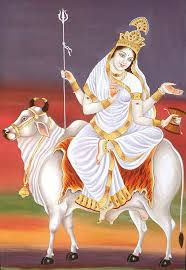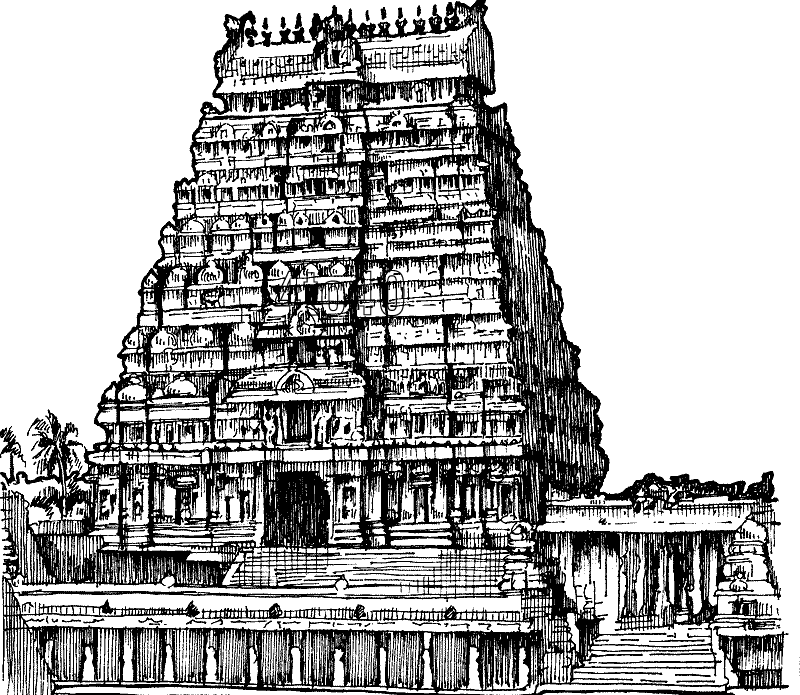LALITHA SAHASRANAMAM - Namah # 140
- S Subramaniam
- Dec 22, 2022
- 3 min read
LALITHA SAHASRANAMAM
@ S. Subramaniam

[ 44 Nirguna Nishkala Shanta Nishkama Nirupaplava ]
निष्कला (140)
Nishkala (140)
Devi is the personification of pure consciousness. She is formless and hence has no parts. She is undivided.
Interpretation:
Kala, in this context, refers to parts and Nishkala, the opposite of it, means that which has no parts. Devi is formless and therefore has no parts.

Actually the word Nishkala applies exclusively to Lord Shiva. Shiva alone is glorified as Nishkala (nameless and formless). The Shiva tattva proclaim the supremacy of Lord Shiva in passages such as Nishkalam Nishkriyam Shaantam, Niravadyam Niranjanam. He is part-less, free from actions, tranquil, faultless, taintless..
Interestingly Shiva is both Nishkala (formless) and Sakala (of all the forms). Since He has both the Sakala and Nishkala aspects He is worshiped both in the form of Linga and in the embodied form. Devi, being the consort of Lord Shiva, is also referred to as Nishkala by the Vaag Devi-s.

It may be noted that in the Nishkala state the Supreme Being (Devi) has no beginning, no limit or boundary and is ever pervading , is indestructible and is unknowable by any mode of proof.
Adi Shankara on Nishkala

Gouri Dasakam is one of the earliest compositions by Adi Shankara and in verse 6, Shankara makes a reference about Nishkala.
नित्यः शुद्धो निष्कल एको जगदीशः
साक्षी यस्याः सर्गविधौ संहरणे च ।
विश्वत्राणक्रीडनलोलां शिवपत्नीं
गौरीमम्बामम्बुरुहाक्षीमहमीडे ॥ ६॥
Nityah Shuddho Nishkala Eko Jagadishah… . . . Gaurim Ambaam Amburuhaakshim Aham Ide.
I adore Gauri, the Divine mother, with lotus-like eyes, who is eternal, pure and impartible, who controls the cosmic deeds of creation and dissolution. Lord Shiva stands witness (Jagadeesha Sakshi) to the deeds of his consort.
Noted Sanskrit scholar Prof P. R. Neelakanta Sastry is of the view that this composition of Adi Shankara must be one his first few writings as it is a rare Dasakam containing 10 verses, as compared to most of his later compositions which are Ashtakams containing eight verses.
Author's Notes:
Questions might arise in the minds of readers as to why in certain namahs in LSN, Devi is being described as the one who is formless or she exists only in the form of energy and invisible to human eyes etc. whereas in certain other namahs her form is described in details and her beauty is elaborately presented.
Even in the above quote from Gauri Dasakam, we find Shankara calling her Nishkala (formless) on one hand and in the same breath addresses her as Ambura Haakshi or the one whose eyes are as beautiful as the lotus flowers on the other.

It should be understood that Devi is omnipresent, omnipotent and exists in all forms. She is depicted as Durga riding a lion and holding several weapons while slaying demon Mahishasura, as Kali with her feet on Lord Shiva and tongue protruding, as Meenakshi, holding a parrot and as Saraswati sitting on a swan and playing veena etc.
She appears to the devotee in the form he imagines her to be. Thakur Ramakrishna Paramahamsa always looked at Devi as a mother and she appeared before him to be so. Shankara worshiped Devi as Sharada in Sringeri and as Kamakshi in Kanchi and she appeared in that way to him.
For initial stage devotees she appears in the form (in the roopam) they worship her. For the higher level devotees , such as the tapasvi-s and the sadhakas who meditate upon her in a formless way, she appears as Nishkala or Parashakti.
Disclaimer: All matters contained in this article are the property of www.templesofasia.com. The opinions expressed in this article are purely that of the author. The author alone is responsible for the accuracy, authenticity, completeness and validity of all the information in the article.


コメント